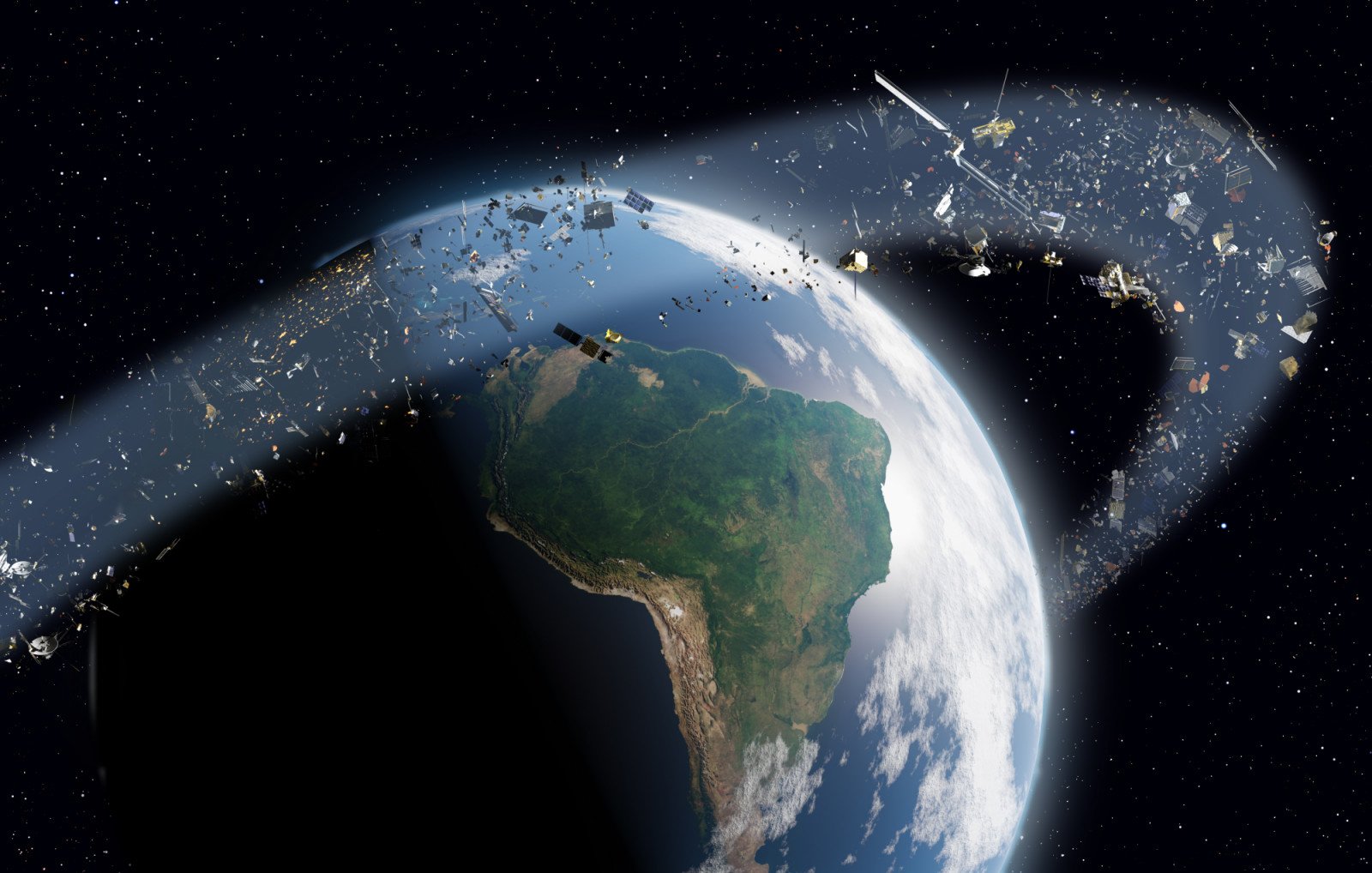From an astronaut’s point of view, the debris issue isn’t theoretical—it’s existential. Atienza, an analogue astronaut who trains for Mars-like missions on Earth, says space junk is already a day-to-day operational risk. “Even a tiny fragment travelling at orbital velocity can puncture spacecraft shielding, threaten life support, or compromise a mission,” she says. “It’s not an abstract problem.”
Atienza believes one reason space debris doesn’t capture public urgency is its invisibility. “Unlike climate change or pollution, orbital debris feels distant because it’s out of sight,” she explains. “Yet the consequences could affect everyone—from disrupted communications to stalled exploration.”
Her training offers lessons for navigating such hazards. “Analogue missions teach us how to anticipate constraints and respond under stress,” she says. “In a debris-filled orbit, awareness, teamwork, and quick decision-making are vital. That mindset—thinking collectively and responsibly—is what space governance needs now.”
For Asia, the stakes are especially nuanced. As Jha notes, most of the region’s connectivity still relies on terrestrial networks rather than satellites, meaning debris has yet to endanger daily life. But the danger is creeping closer. “As more nations and companies join the space economy, we must ensure sustainability doesn’t lag behind ambition,” says Atienza. “Even smaller nations without launch programs can help through research, education, and advocacy.”
Read more: The Philippines and its man-made satellites

